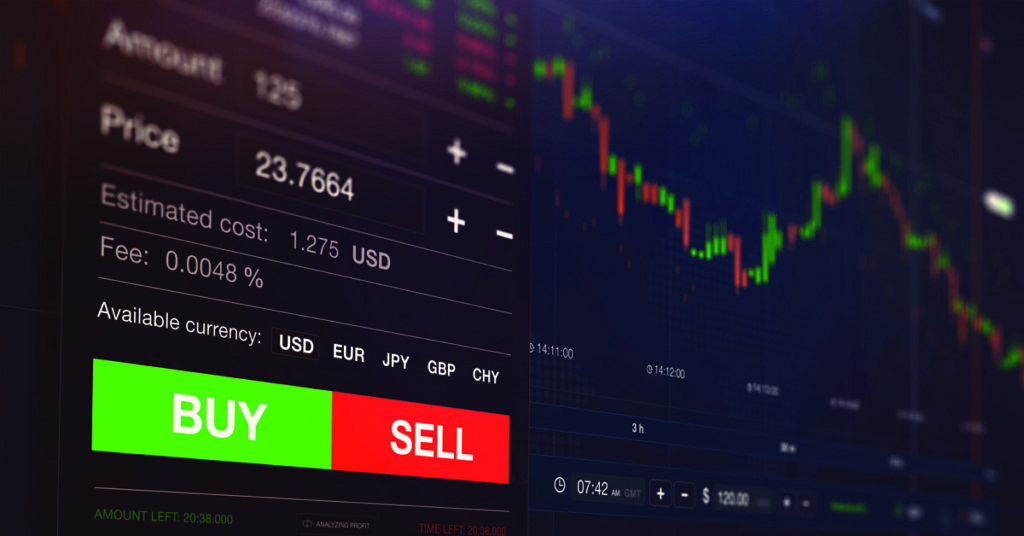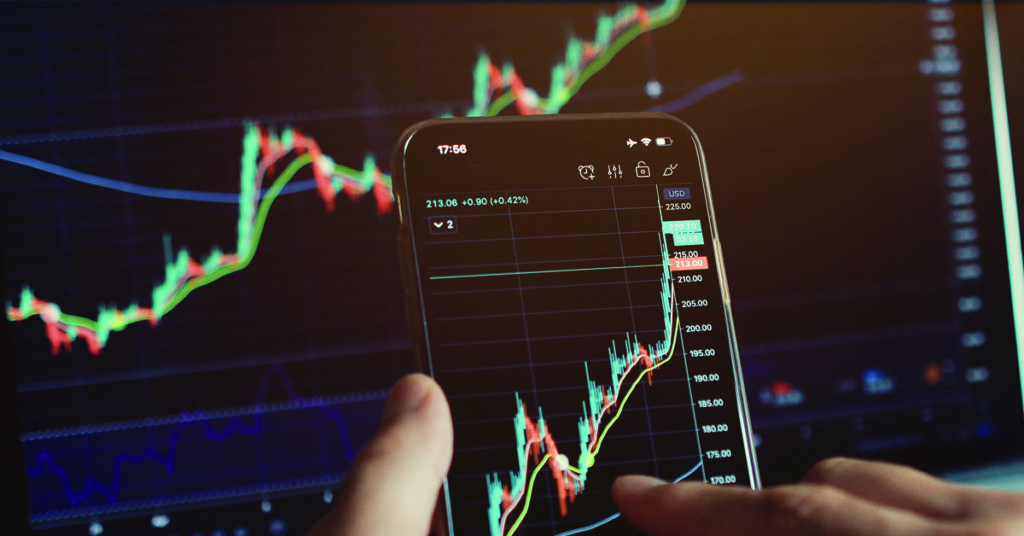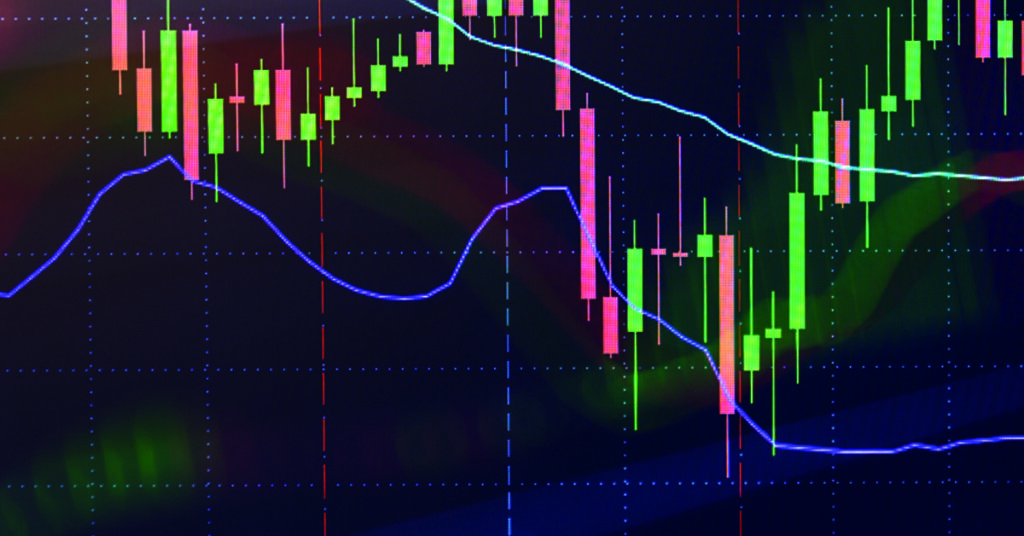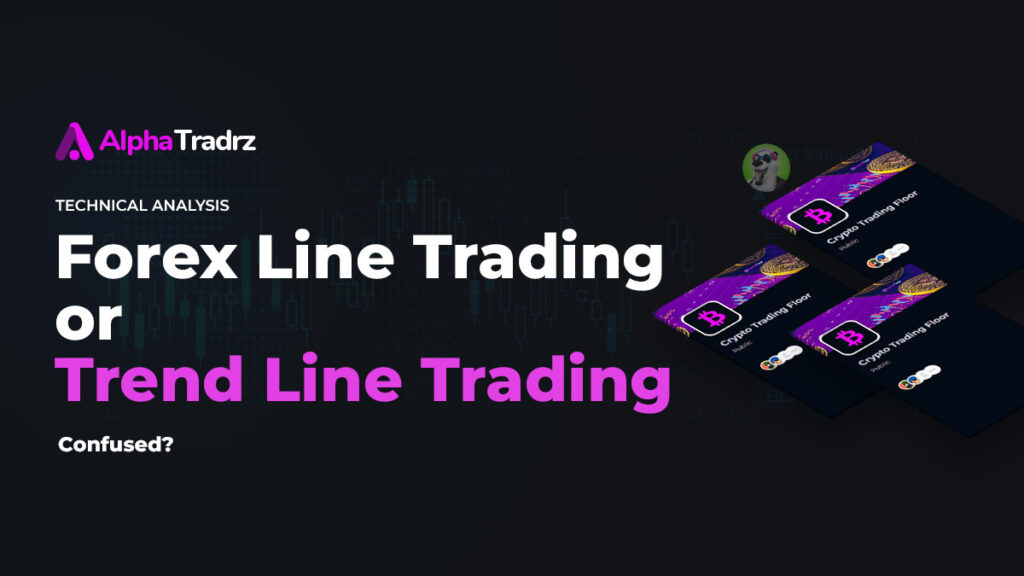What is the Ask price in trading?

Ask Price.
The ask price, also known as the “offer” price, refers to the lowest price that a seller is willing to accept for a security, such as a stock or bond. The ask price is typically higher than the bid price, which is the highest price that a buyer is willing to pay for the security. The difference between the bid and ask price is known as the bid-ask spread.
When trading stocks or other securities, investors can place buy or sell orders at a specific price. These orders are matched with other orders of the opposite type at the same price. For example, if an investor places a sell order for a stock at $50 per share, their order will be matched with a buy order from another investor who is willing to buy the stock at $50 per share.
The ask price for a security is the lowest price that a seller is willing to accept for the security. This can be determined by the lowest sell order that is currently on the market. Similarly, the bid price for a security is the highest price that a buyer is willing to pay for the security. This can be determined by the highest buy order that is currently on the market.
The bid-ask spread is the difference between the bid and ask price for a security. This spread is an important measure of market liquidity, as it represents the amount of supply and demand for a security. A narrower spread generally indicates that there is more liquidity in the market and that it is easier to buy and sell the security. A wider spread, on the other hand, may indicate that there is less liquidity and that it is harder to buy and sell the security.
In some cases, the bid-ask spread can be quite wide, particularly for less liquid securities. This can make it difficult for investors to buy or sell the security at a fair price. In these cases, investors may choose to place limit orders, which allow them to buy or sell the security at a specific price.
It’s important to note that the bid and ask prices can change rapidly during trading hours, depending on the supply and demand for the security. The bid-ask spread can also change depending on the market conditions and the volatility of the security.
The ask price is also closely related to the depth of the market. The depth of the market refers to the number of shares or contracts available at different price levels. The more shares or contracts available at a specific price, the deeper the market is at that price. For example, if there are 10,000 shares of a stock available at $50 per share and only 1,000 shares available at $51 per share, the market is deeper at $50 per share. This can affect the ask price, as a deeper market may lead to a lower ask price and vice versa.
Another important aspect of ask price is the impact of market orders and limit orders on the prices. A market order is an order to buy or sell a security at the current market price, while a limit order is an order to buy or sell a security at a specific price or better. When a market order is placed, it is executed at the best available price, which is usually the ask price for a buy order and the bid price for a sell order. When a limit order is placed, it is executed at the specified price or better, but if the specified price is not available, the order may not be executed.
The ask price is a crucial metric to consider when trading securities, as it represents the lowest price that a seller is willing to accept for a security. Understanding the ask price and how it relates to the bid price, last trading price, order size, market makers, specialists, news announcements, and the depth of the market can help investors make more informed trading decisions and understand the market conditions of a particular security. Additionally, understanding the impact of market orders and limit orders on the ask price can also be useful for investors as it can help them understand how the ask price is determined in the market and how they can execute their orders at the best available price.
It’s also important to note that the ask price is not only used in stocks trading but also in other financial markets such as forex, commodities, and derivatives. In the forex market, the ask price represents the price at which a trader can buy a currency, while the bid price represents the price at which a trader can sell a currency. In the commodity market, the ask price represents the price at which a trader can buy a commodity, while the bid price represents the price at which a trader can sell a commodity. Similarly, in the derivatives market, the ask price represents the price at which a trader can buy a derivative contract, while the bid price represents the price at which a trader can sell a derivative contract.
Furthermore, it’s important to understand that the ask price is not always a fixed value, it can be affected by various factors such as market conditions, news and announcements, order flow and the activity of market makers and specialists. Market makers and specialists can play a significant role in determining the ask price by placing their own buy and sell orders, in order to ensure that the bid and ask prices are reasonable and that there is a spread between them.
In conclusion, the ask price is a critical metric in trading and understanding its relationship to the bid price, last trading price, order size, market makers, specialists, news announcements and the depth of the market can give a trader a comprehensive understanding of the market conditions and help them make informed decisions. Furthermore, the bid and ask prices are not limited to stocks trading but also used in other financial markets such as forex, commodities, and derivatives.




Responses